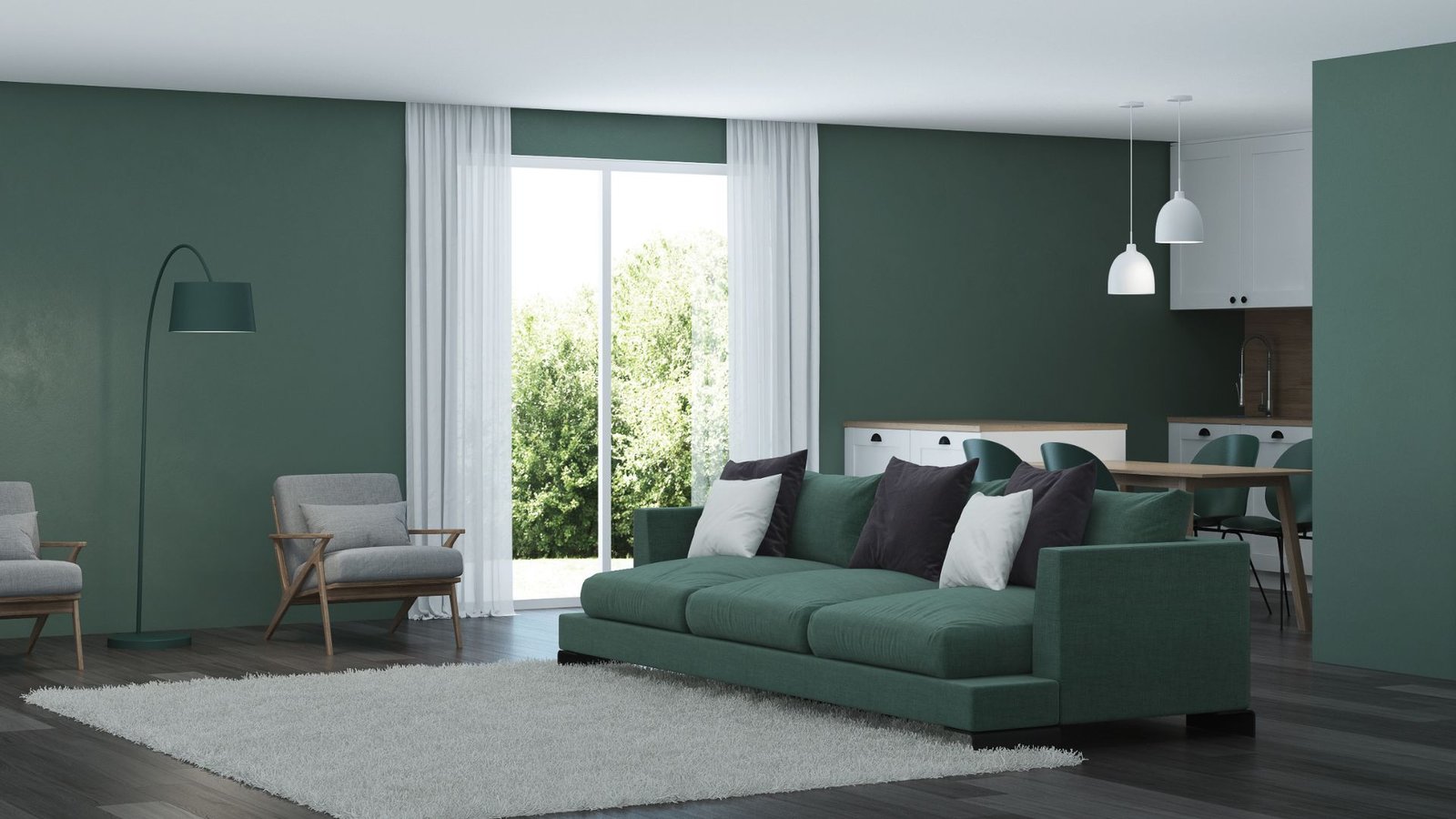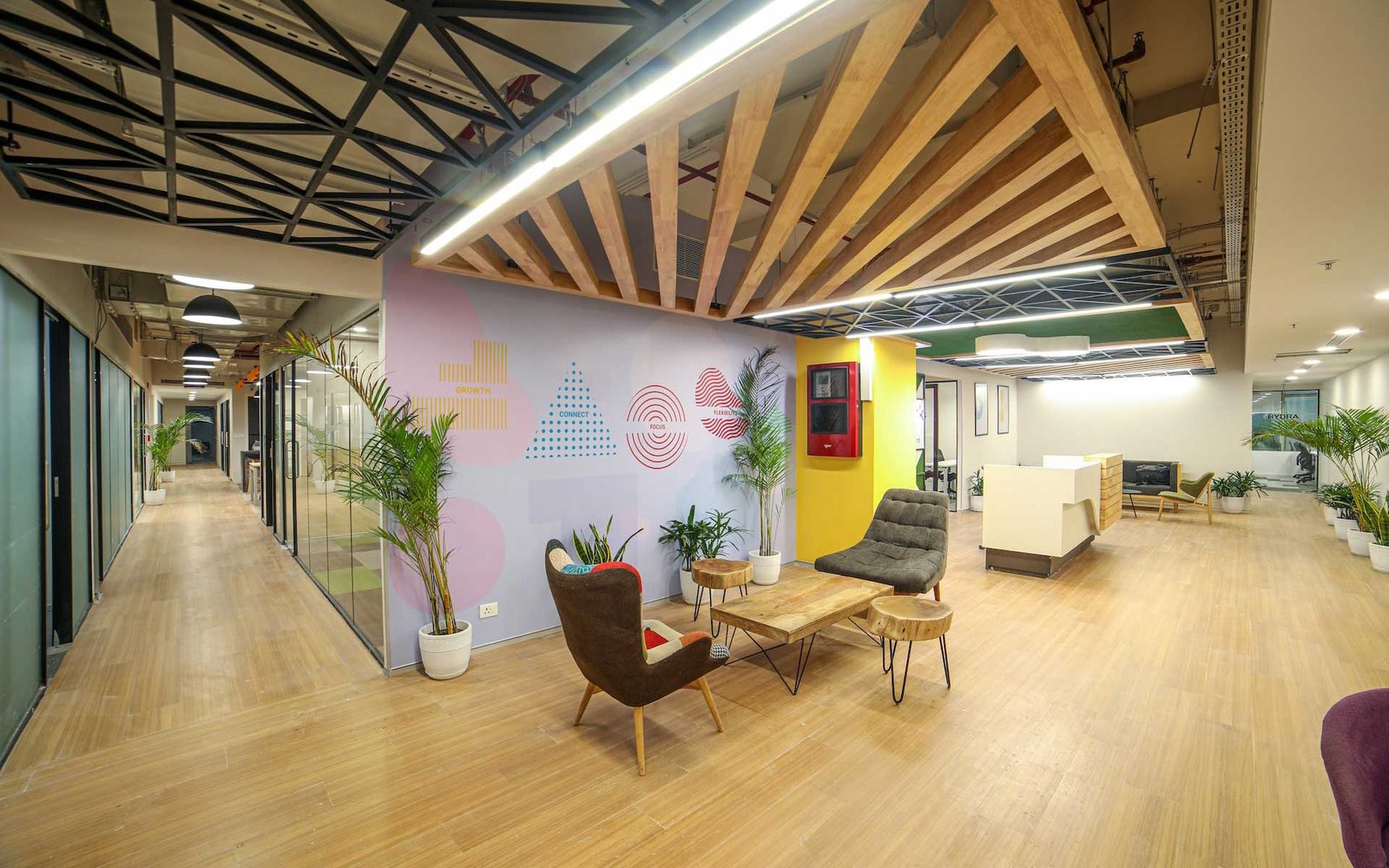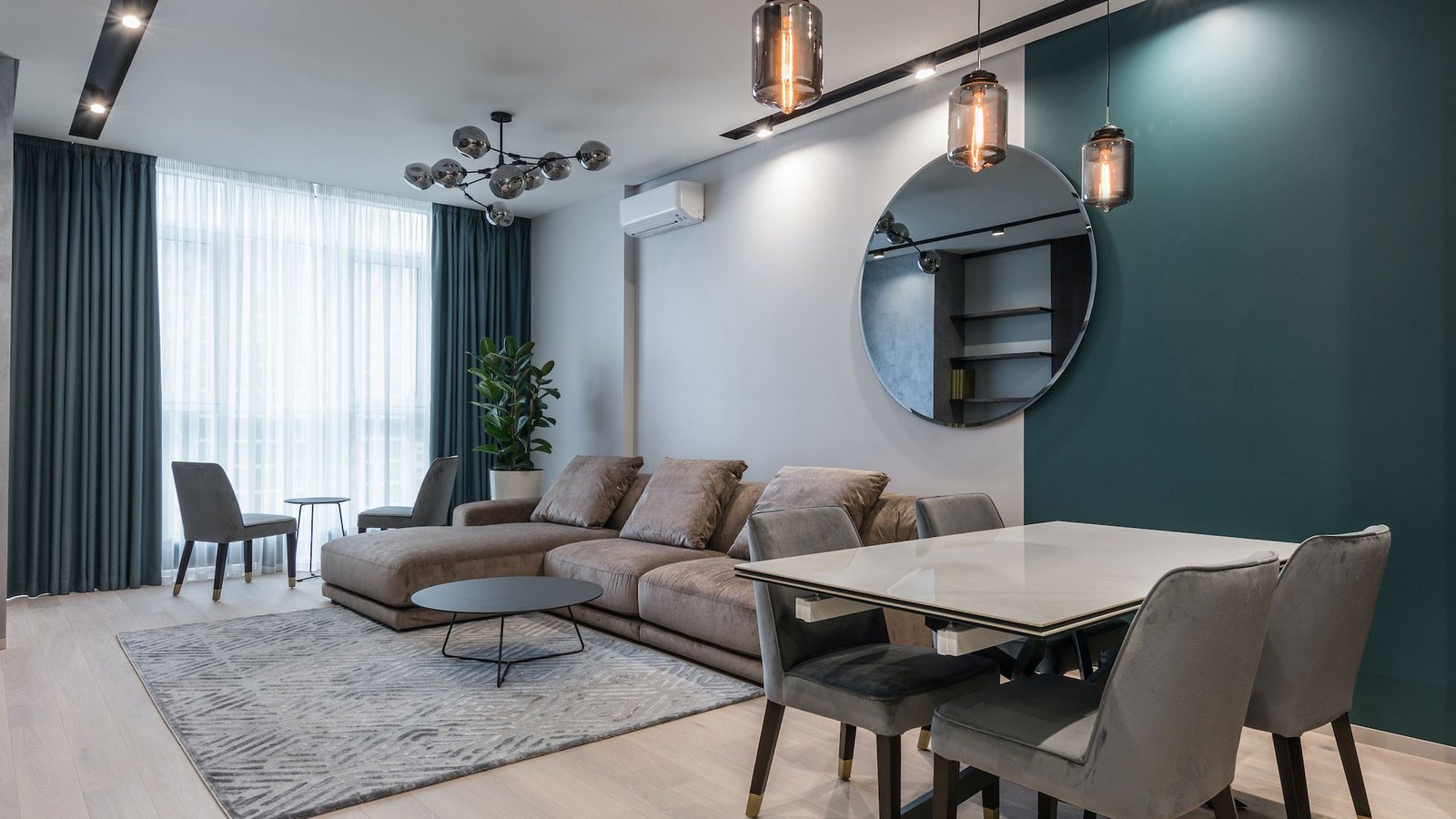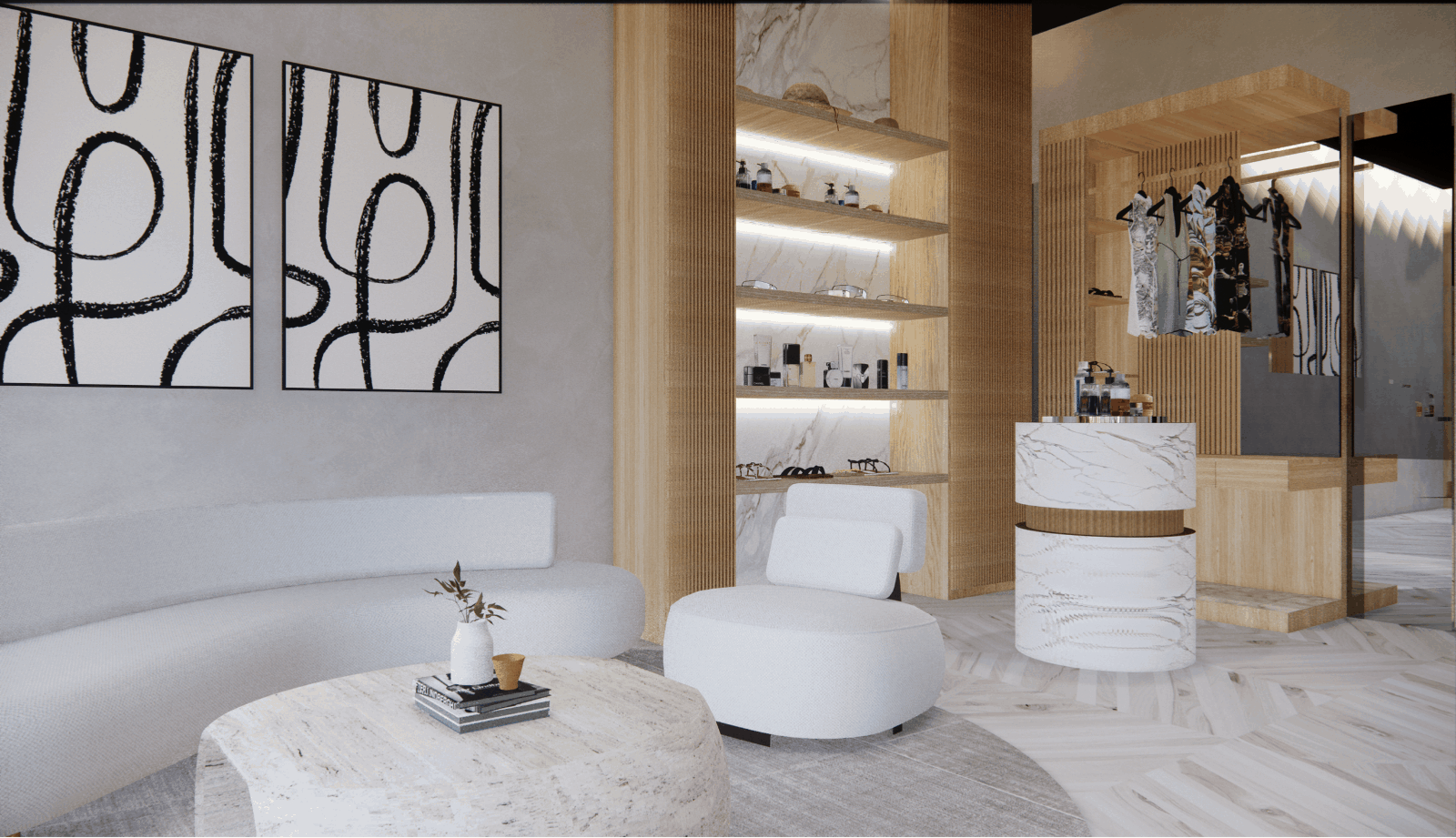
Interior design is more than just aesthetics; it’s an intricate art that involves creating spaces that evoke emotions and enhance well-being. One of the most powerful tools in the interior designer’s toolkit is color. Understanding color psychology in interior design can help transform a room into a sanctuary, a workspace, or a social hub by harnessing the psychological impact of colors. In this blog, we’ll delve into the fascinating world of color psychology and how it shapes our living spaces.
Part 1: The Basics of Color Psychology

Color psychology explores how colors affect human behavior, mood, and emotions. It’s a field that has been studied for centuries and has a profound impact on various aspects of our lives, including our interior environments. Here’s a brief overview of some common color associations:
Red: Associated with passion, energy, and excitement, red can stimulate conversation and activity. It’s often used in dining areas and spaces meant for socializing.
Blue: Known for its calming and soothing effects, blue is commonly used in bedrooms and bathrooms. It promotes relaxation and tranquility.
Green: Symbolizing growth, health, and renewal, green is often used in spaces where relaxation and rejuvenation are important, such as bedrooms or wellness rooms.
Yellow: Yellow is associated with happiness and optimism. It can create a cheerful and welcoming atmosphere in kitchens and dining spaces.
Purple: Often associated with luxury and creativity, purple can be used to add a touch of opulence to spaces like living rooms or home offices.
Neutral Colors: Whites, grays, and beige are versatile and can serve as a backdrop for other colors. They create a sense of calm and neutrality.
Part 2: Applying Color Psychology in Interior Design

Now that we understand some basic color associations, let’s explore how color psychology can be applied in interior design:
Room Purpose: Consider the function of the room when choosing colors. For example, calming blues and greens work well in bedrooms, while vibrant reds or yellows can add energy to a living room or kitchen.
Color Balance: Achieve a harmonious balance by using a combination of colors. This prevents overwhelming a space with a single dominant hue.
Lighting Matters: Natural and artificial lighting can significantly affect how colors appear in a room. Ensure that the chosen colors work well under different lighting conditions.
Personal Preferences: Don’t forget individual preferences. While color psychology provides general guidelines, personal taste and cultural factors also play a role.
Accent Colors: Use accent colors strategically to add visual interest and depth. They can draw attention to specific areas or objects within a room.
Part 3: Real-Life Examples

Let’s explore some real-life examples of color psychology in action:
Productivity-Boosting Home Office: A home office may feature a mix of calming blues and energizing yellows to promote focus and creativity.
Serene Bedroom Retreat: Soft greens and soothing neutrals create a peaceful atmosphere in a bedroom, perfect for relaxation and sleep.
Inviting Living Room: Warm shades of red and orange in a living room can encourage social interaction and conversation.
Conclusion
Color psychology is a powerful tool that can transform a space from ordinary to extraordinary. When harnessed effectively, it has the potential to enhance our emotions, well-being, and overall quality of life within our homes. Whether you’re designing a space for relaxation, productivity, or entertainment, understanding the psychology of color can help you create environments that resonate with people on a deeper level. So, the next time you embark on an interior design project, consider the emotional impact that your color choices can have.